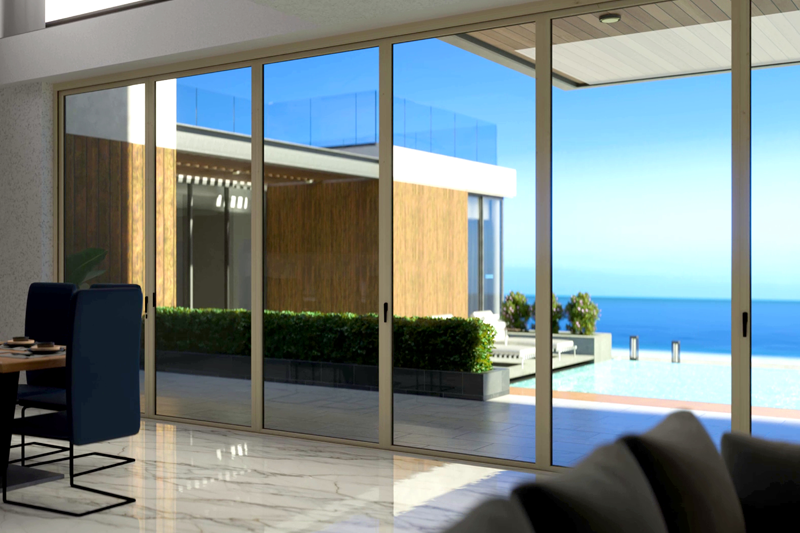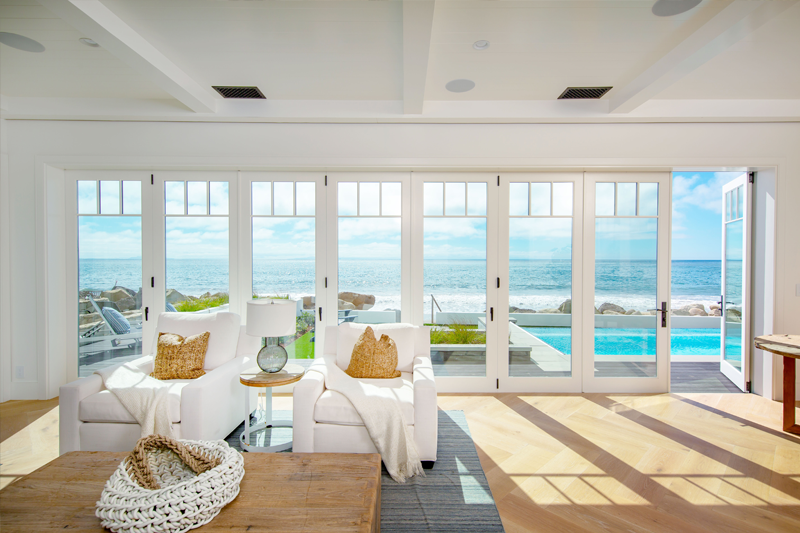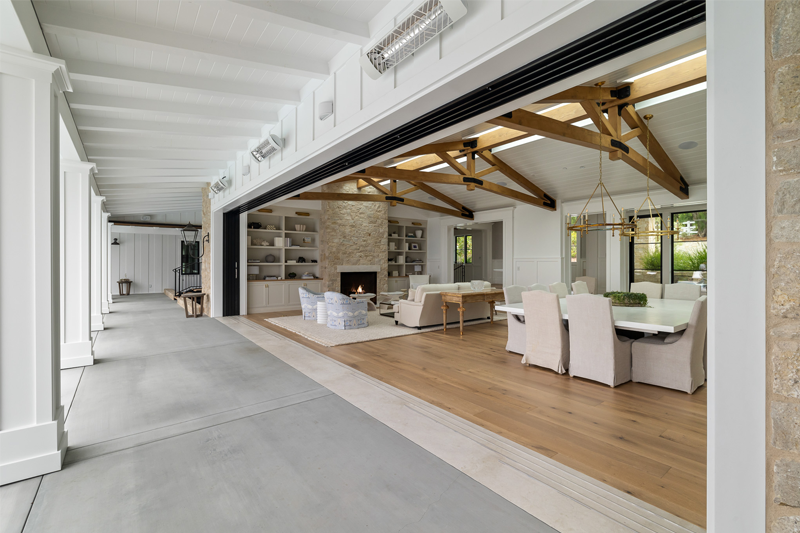Blog
Explore Luxury Home Design Trends on the AG Millworks Blog
Dive into the world of luxury home design with AG Millworks. Our blog offers a curated selection of the latest trends, innovative ideas, and expert insights to inspire your next home project.
Get in Touch with Us Today
Contact us today to start your journey towards enhancing your living space.






.gif)



